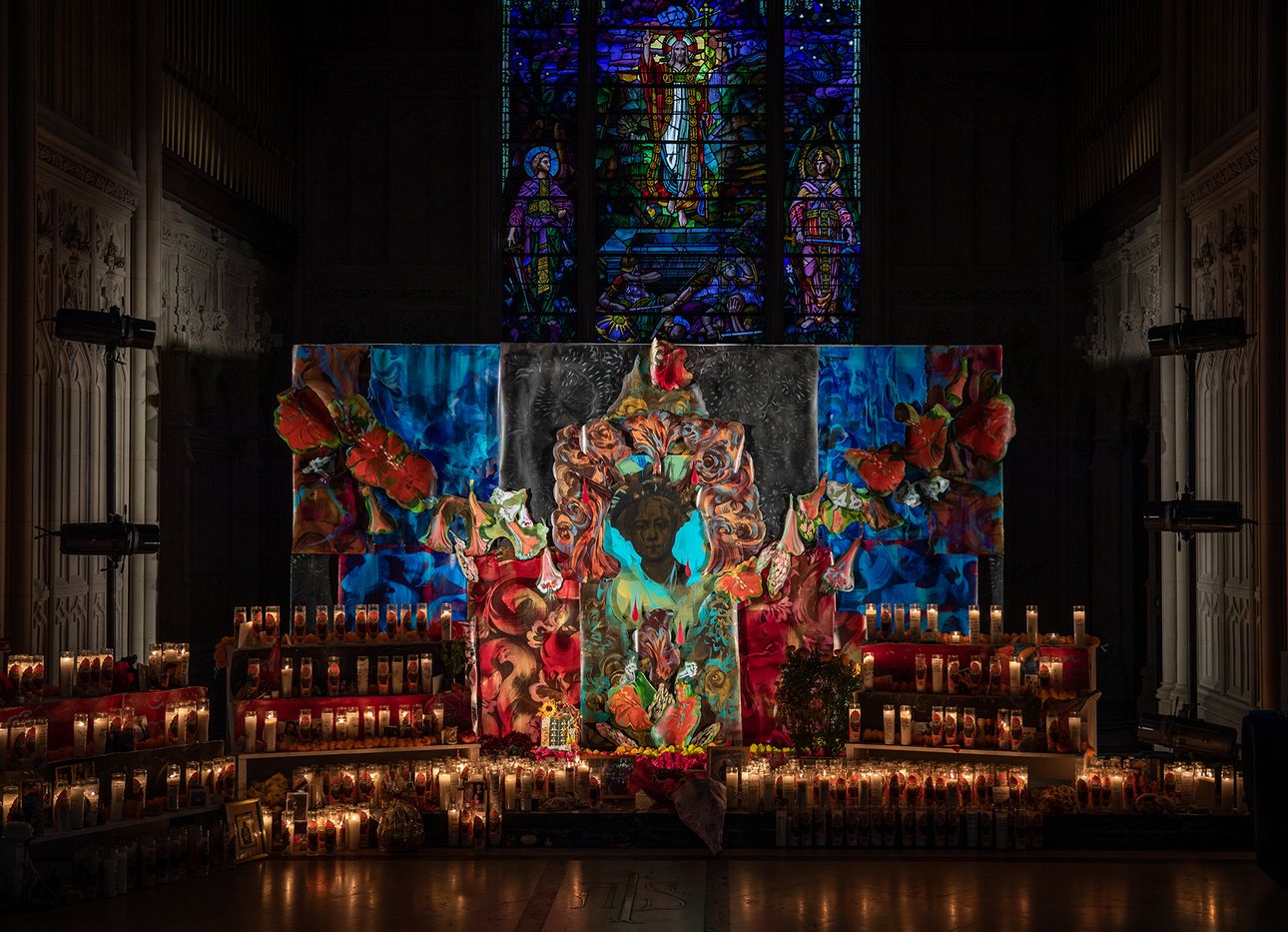
A New Series of Essays Unpacks Public Grief and Loss
Earlier this month, Francesca Johanson, editor of the Architectural League’s online publication Urban Omnibus, launched “Memory Loss,” a new series with Guernica magazine. These essays seek out sites of remembrance in New York City, addressing a “continuum between private and public grief,” as in the work of artist and anthropologist Abou Farman, whom writer Olivia Schwob aptly quotes in the series’ first essay. The series aims to expand the inquiries of public memorials into the private, the quotidian, and our less monumental but no less significant ways of paying tribute to loss.
How did the topic of this series come about?
The theme emerged in response to the heightened media attention around major monuments in New York City this past summer and the resurgence of Black Lives Matter protests. The toppling of confederate and colonial statues—and the focus on these statues—served as visual anchor points for the movement. That conversation prompted me to question what other monuments exist in the city, and which might serve similar purposes, but without garnering the same level of public attention. What might we be overlooking that also serves to memorialize an idea or an event, but does so a little more abstractly, outside of this hyper-focus on bronze and stone?
The series’ introduction also references memorials to loss of land due to climate change.
We started looking into events and nonfigurative occurrences that are memorialized, and climate change is an example of something that’s being mourned in the present. A focus of the series will be on memorials to sites that have disappeared or will disappear because of rising seas, for instance. The crux of the series is the “everyday memorial”: This can sometimes defy classification and may not necessarily command large audiences. Memorials might be intentionally ephemeral, and instances of memorializing climate change definitely fall into that category.
Has the blurring of public and private space over the past year influenced these practices?
The series also looks at private memorials, perhaps in part for that reason. Public memorials have already been given so much attention, and the private memorial really suggests a deliberate carving out of space and time for a particular group. We have an upcoming photo essay that looks at moments when these worlds collide: the planting of a tree for a loved one on a public street, spontaneous roadside memorials in which communities collectively grieve....
A recent front page of The New York Times attempted to visually represent the 500,000 Covid-19 deaths in the U.S. as of press time. Though the graphic was intended to convey the magnitude of this milestone, there was some backlash against its abstract simplicity: A scatter-point cloud fails to communicate the individual lives that this number encompasses.
Exactly. To memorialize those lives is something that is difficult to do meaningfully at this scale, and is so dependent on the tools involved. In “Mourn and Organize,” the series’ inaugural feature, Olivia Schwob describes the difficulty in doing this. Schwob writes elegantly about how we need space not only to mourn but to organize, too—and that the street, not just the cemetery, can be a place to recognize loss and to mobilize so that these losses don’t happen again.
This summer, images of George Floyd, Ahmaud Arbery, and Breonna Taylor were put up all around the city; seeing their disintegration was a harsh reminder of time passing and inaction after their deaths.
Harsh, perhaps, but I think—well, I hope—this temporary co-opting of city infrastructure (storefronts, roads, mailboxes, et cetera) to articulate outrage and express grief will have longer-lasting effects elsewhere. Locating memorials in a city is a political act: It is an exercise in locating a much bigger set of questions about whose voices in the city we’re listening to, and whose are getting erased.
We recently published an interview with the co-founders of a group of artists and creative technologists called Movers and Shakers who are using augmented reality to insert memorials to heroic women, people of color, and LGBTQ+ icons into the city. It’s important work. On a more physical scale, Slavers of NY are seeking to contextualize New York City’s street names, many of which were named for slave owners and traders. The group is pushing back against not only the racism memorialized into the city’s topology, but also its seeming permanence.